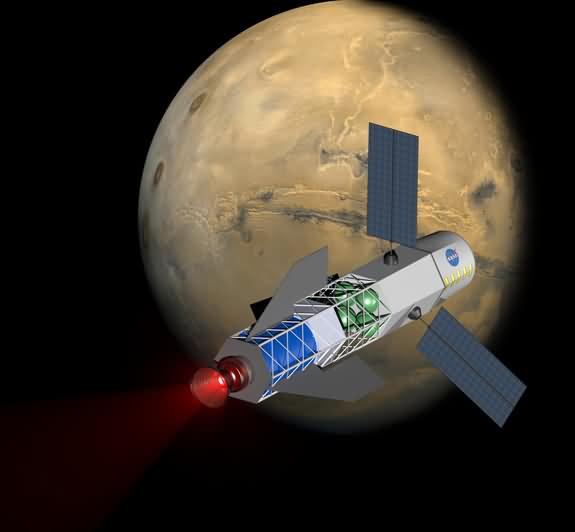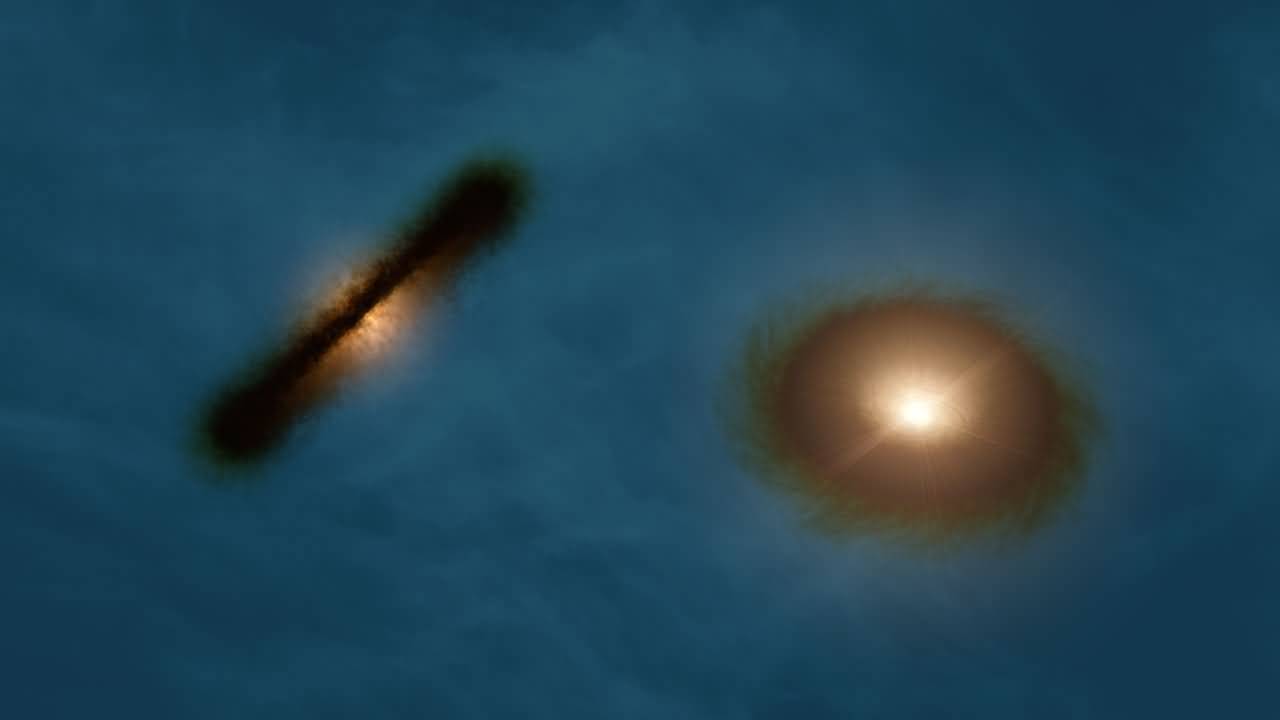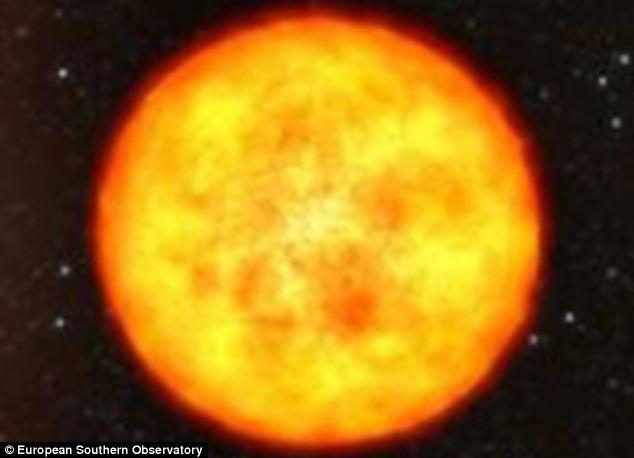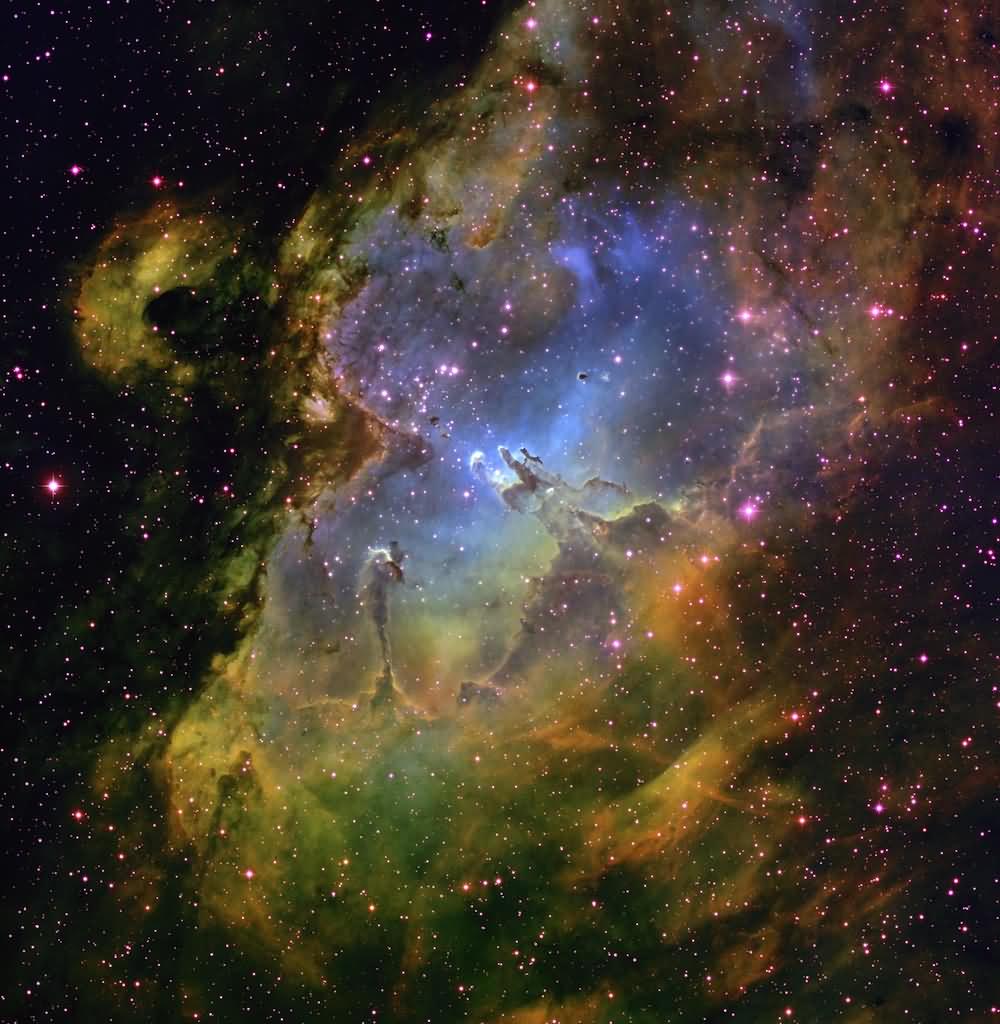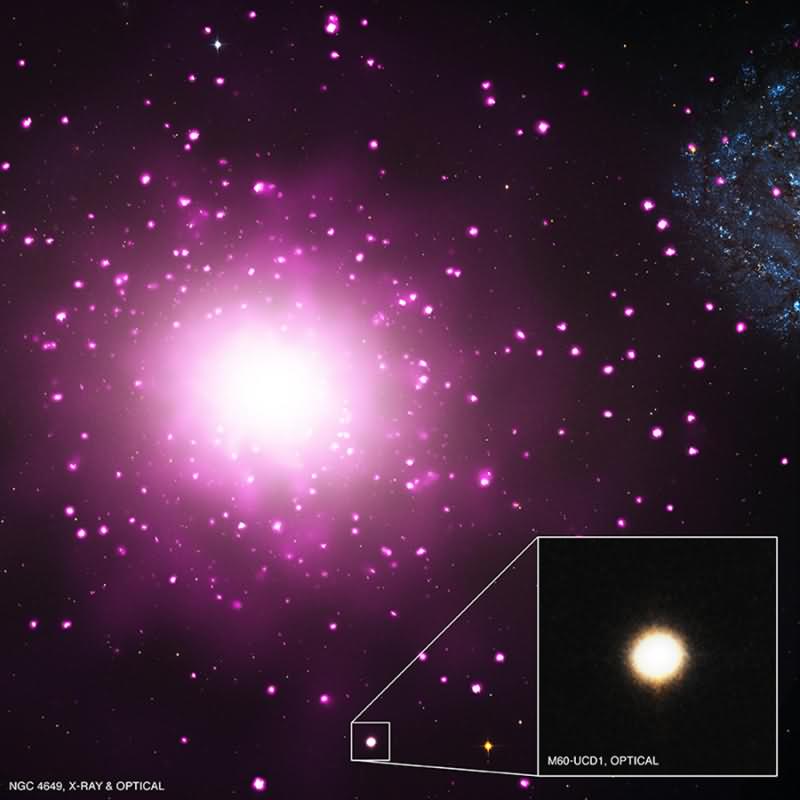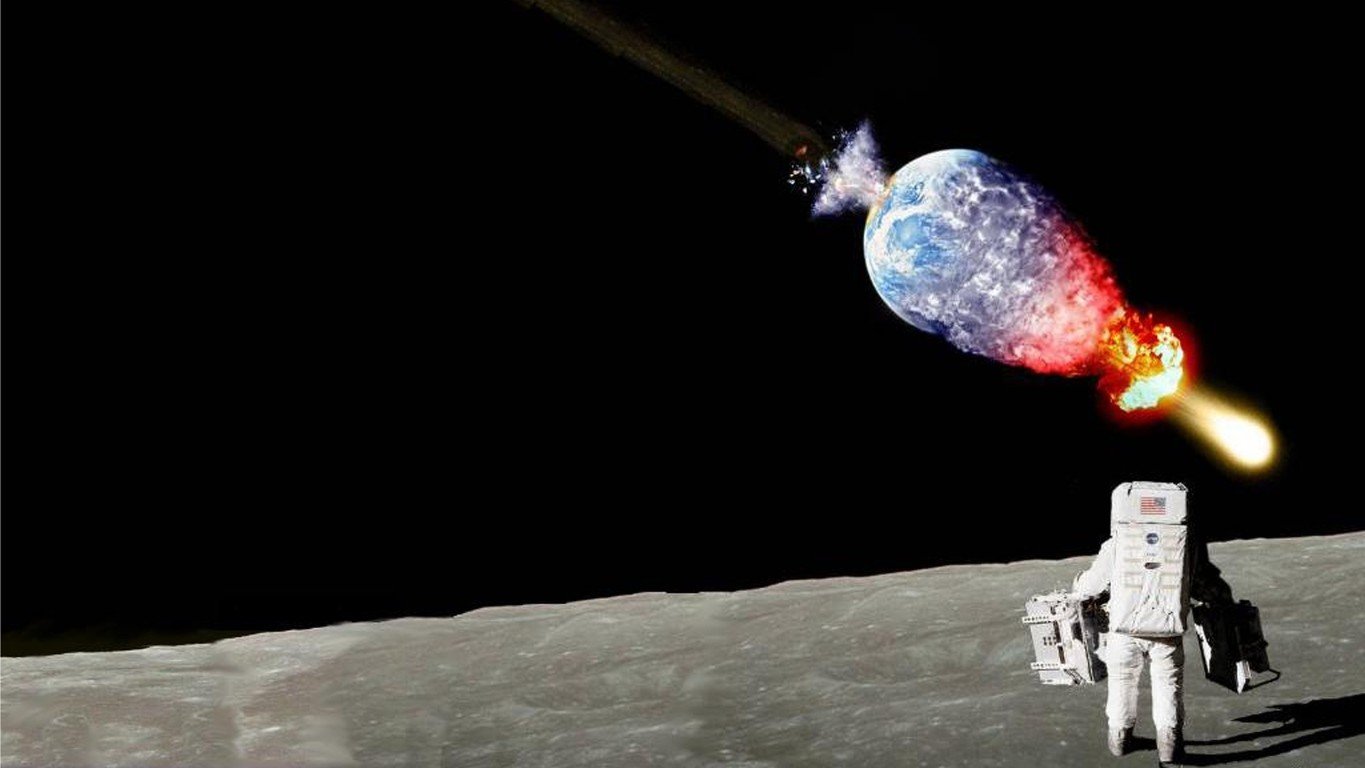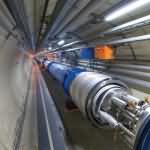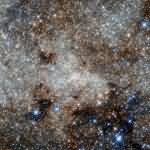Fusion-Powered Mars Trips Are Not a Dream
While sending astronauts to Mars in super-fast spacecraft powered by nuclear fusion engines may seem like a science fiction fantasy, scientists say it's actually doable.
The team working on this technology reports that, based on tests they conducted in a laboratory environment, they can go to Mars in as little as 90 days.
Normally, it would take 500 days to travel to Mars using conventional methods. Spending that long in deep space poses serious life-threatening risks, including exposure to extreme radiation and muscle and bone atrophy due to the weightlessness.
NASA's NIAC research division has been working on fusion engines to investigate the duration of this journey. Their mission is to complete a manned mission to Mars by 2030. Their primary goal is to shorten this manned mission to a minimum of 87 days and a maximum of 210 days, with one month spent on the Martian surface.
So how does it work?
The fusion engine team is relying on creating plasma using heavy isotopes of hydrogen, such as deuterium and tritium. (Normal hydrogen has no neutrons, but deuterium has one neutron and tritium has two.)
These plasma bubbles will be placed in a field of metal circles held together by magnetic fields, which will then begin to fusion the plasma. The energy released from the fusion reactions will vaporize and ionize the metal, creating a repulsion.
Solar panels will be enough to put all these processes in order.
Spacecom-Quick Fusion-Powered Trips to Mars No Fantasy, Scientists Say

